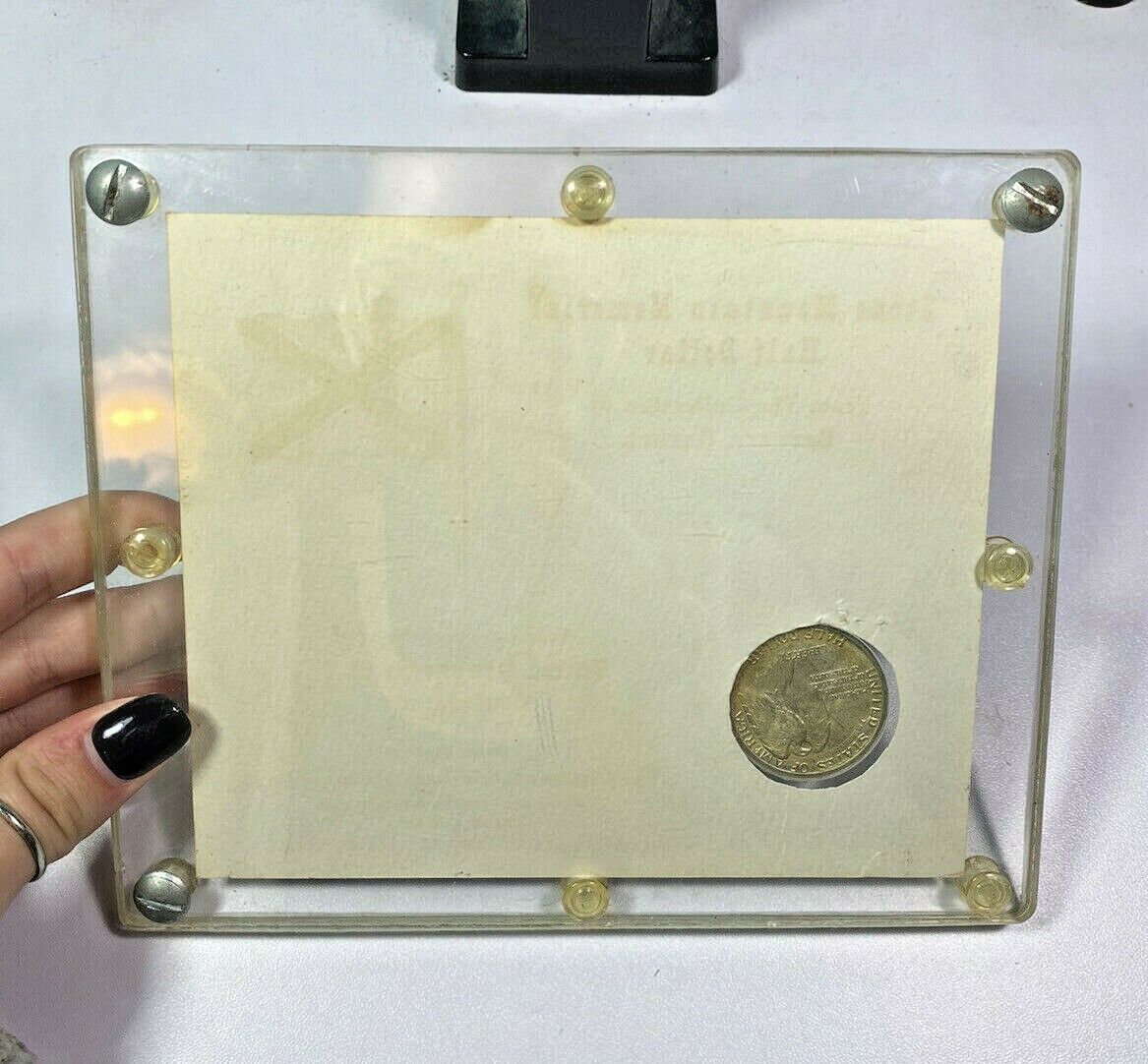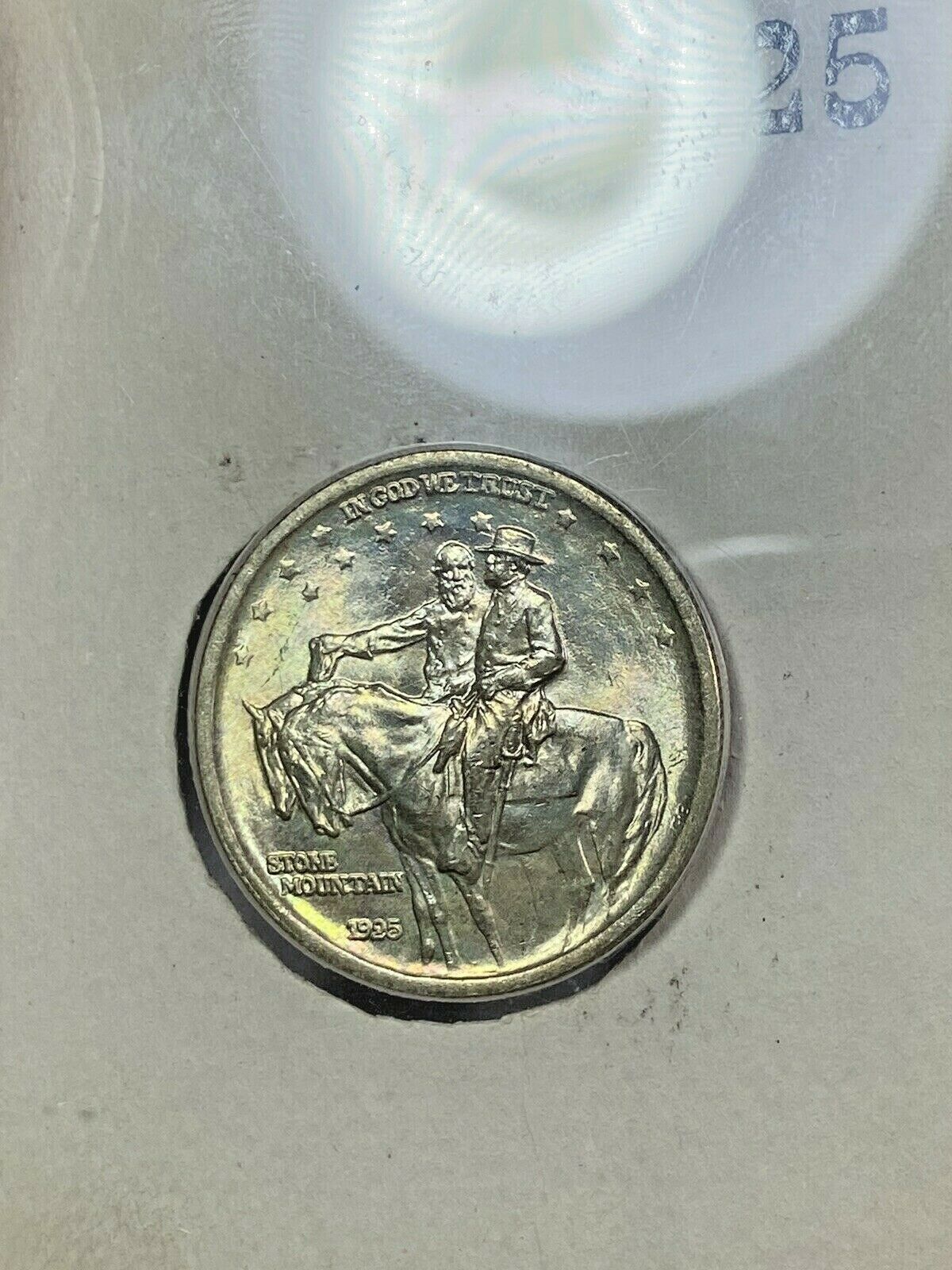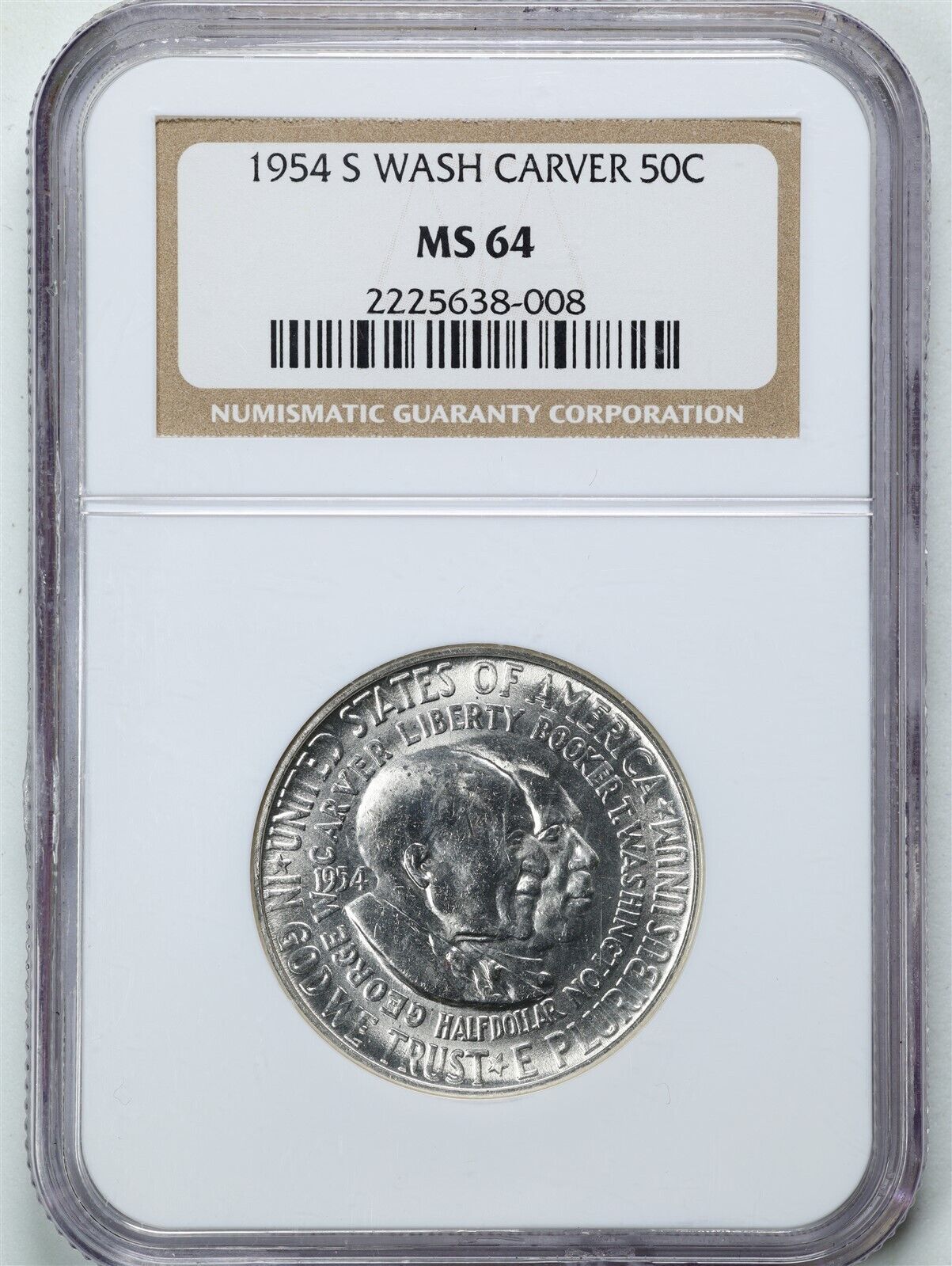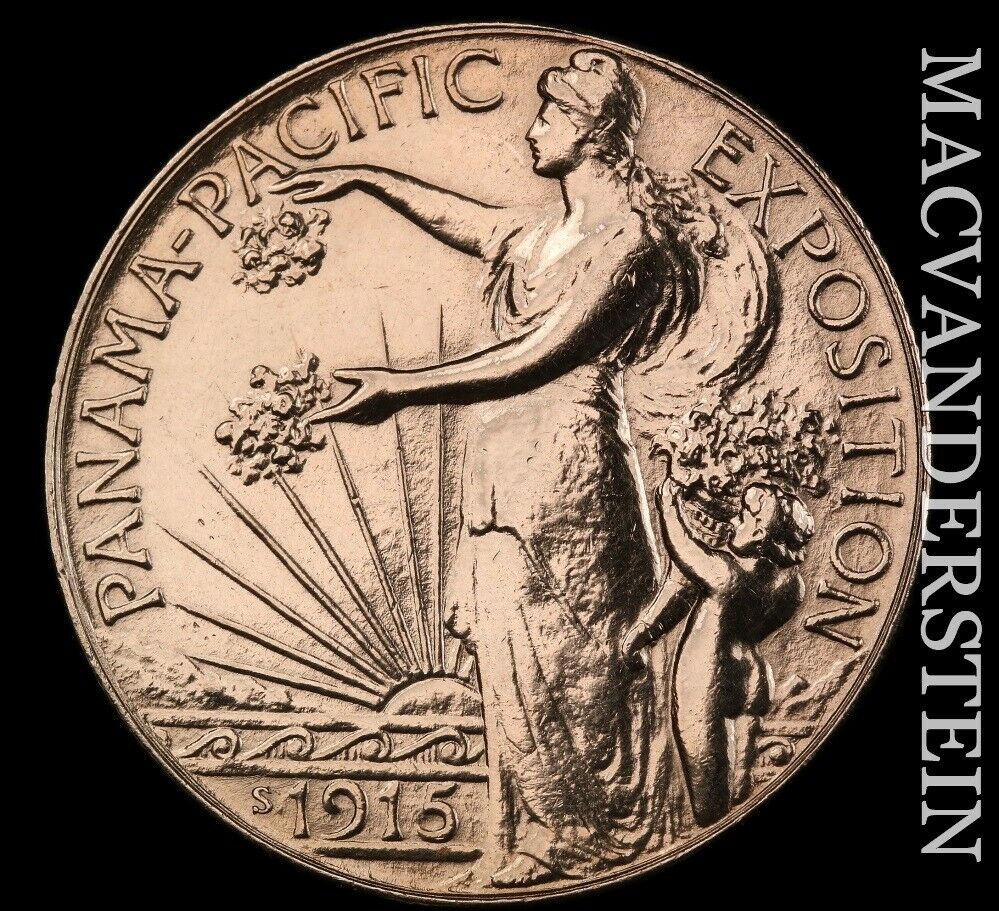-40%
1925 Stone Mountain Commemorative Half Dollar UDC -- Rare Bernard Baruch Card
$ 237.6
- Description
- Size Guide
Description
1925 Stone Mountain Commemorative Half Dollar UDC -- Rare Bernard Baruch CardThe Stone Mountain Confederate Monumental Association (SMCMA) tried many ways to promote/market its 1925 half dollar back in the mid-1920s. It did not, however, create custom packaging for its coins - this was left to private concerns that supported the Association's efforts and purchased large quantities of its coins to either giveaway or market on their own.
The first 1,000 Stone Mountain Memorial half dollars were struck on a medal press at the Philadelphia Mint on January 21, 1925, the 101st anniversary of General Jackson's birth; Borglum and officials of the Association were present. The first piece struck was mounted on a plate made of gold mined in Georgia for presentation to President Coolidge. The second was mounted on a silver plaque, and presented to Secretary Mellon. The remainder of the first thousand were placed in numbered envelopes; some were presented to officials or those involved in the Stone Mountain project. Between January and March 1925, that mint struck 2,310,000 of the authorized mintage of 5,000,000, plus 4,709 pieces reserved for inspection by the 1926 Assay Commission. Except for the first thousand, for which Randolph paid in gold, the pieces were sent to the Federal Reserve Bank in Atlanta, which advanced the funds to purchase them from the government.
The coins were to be distributed through banks, and the Federal Reserve System cooperated by moving coins as needed, though at the Association's expense. The Association set up local affiliates, with organizations throughout the South, as well as Oklahoma and the District of Columbia. Each state's governor served as nominal head of the organization within his jurisdiction; on July 20, 1925, at a meeting of the Conference of Southern Governors called for the purpose, they (or their representatives) resolved that the Association allocate sales quotas among the states on the "basis of white population and bank deposits". The pieces were to be sold at the price of one dollar, and local organizations were to generate promotions for selling them. The overall drive to sell half dollars was dubbed the "Harvest Campaign" and began with the governors' meeting in July 1925. Georgia Governor Clifford Walker told his colleagues that the "South would be eternally disgraced if it failed to accept the challenge" of meeting the sales goal of 2,500,000 coins; nevertheless, the governors devoted little time to the campaign.
Bernard Baruch was a very successful financier who developed his personal fortune via investments in the stock market. His success in personal and corporate finance led to his serving as an advisor to US Presidents Woodrow Wilson, Franklin Delano Roosevelt and Harry Truman and to serving in multiple appointed positions during World War I, World War II and in the post-War period. During WWI, for example, he was appointed as the head of the War Industries Board which coordinated the wartime production of strategic American industries. After World War II, he served as the US Ambassador to the UN Atomic Energy Commission.
In 1930, Secretary Mellon reported that although no Stone Mountain Memorial half dollars were held by the Mint, it was his understanding that large quantities of the piece were in the possession of banks. Eventually, arrangements were made to return a million half dollars to the Mint for melting. In spite of this, the State of Georgia still had Stone Mountain half dollars for sale at its exhibit at the 1933 Century of Progress Exposition. Many more were dumped into circulation in the 1930s. A quantity of half dollars once owned by Baruch were sold for .25 each through a Georgia bank in the 1950s to finance a building in honor of Baruch's mother, a Southerner, in Richmond, Virginia
It is known that Baruch personally purchased a large quantity of the Stone Mountain coins to support the SMCMA during the time of its active marketing of the coin; he also served as the honorary chairman of a New York committee organized to promote sales of the coin. Depending on the reference consulted, the number of coins he was reported to have purchased ranged from a low of 1,000 to a high of 100,000.
Condition - Grading conditions are subjective. You must be your own judge when deciding the condition of listed item. If in doubt it is very important to request additional scans or photos, and ask questions concerning the item before bidding or buying. Returns only accepted if not as described in listing.
Multiple purchases – When two or more items are purchased at the same time, the shipping cost will be combined to offer you the lowest price. We suggest that you wait until you are invoiced before you pay for these items.
Shipping - Shipping will be at the discretion of the seller. Conveyance will be via either USPS or UPS. If you desire any other conveyance you may request it. If the cost is higher than our allowance you will be billed for the additional cost. We attempt to keep shipping costs as low as possible. Should our shipping estimate be higher than the actual cost we will refund any amount in excess of .00. If Possible we suggest that you arrange for pick-up of larger items. In the case of large furniture items pick-up can often be arranged through nationwide moving companies as an add-on to a household load. Such arrangements must be made by the buyer. We will be as cooperative as possible but we will not be responsible for crating or packing. We will be willing to warehouse a larger item for a period of up to 30 days after purchase. Item must be paid for at time of purchase, no exceptions.
International Shipping - We are willing to ship internationally to any location reached by USPS International routing. Be reminded that international shipping can be expensive for larger and heavier items. For example, before purchasing musical instruments destined for international delivery we suggest that you first inquire as to shipping cost before you make your purchase. The high cost may make the purchase too costly. This can apply to any item that weighs in excess of four US pounds. You be the judge.














